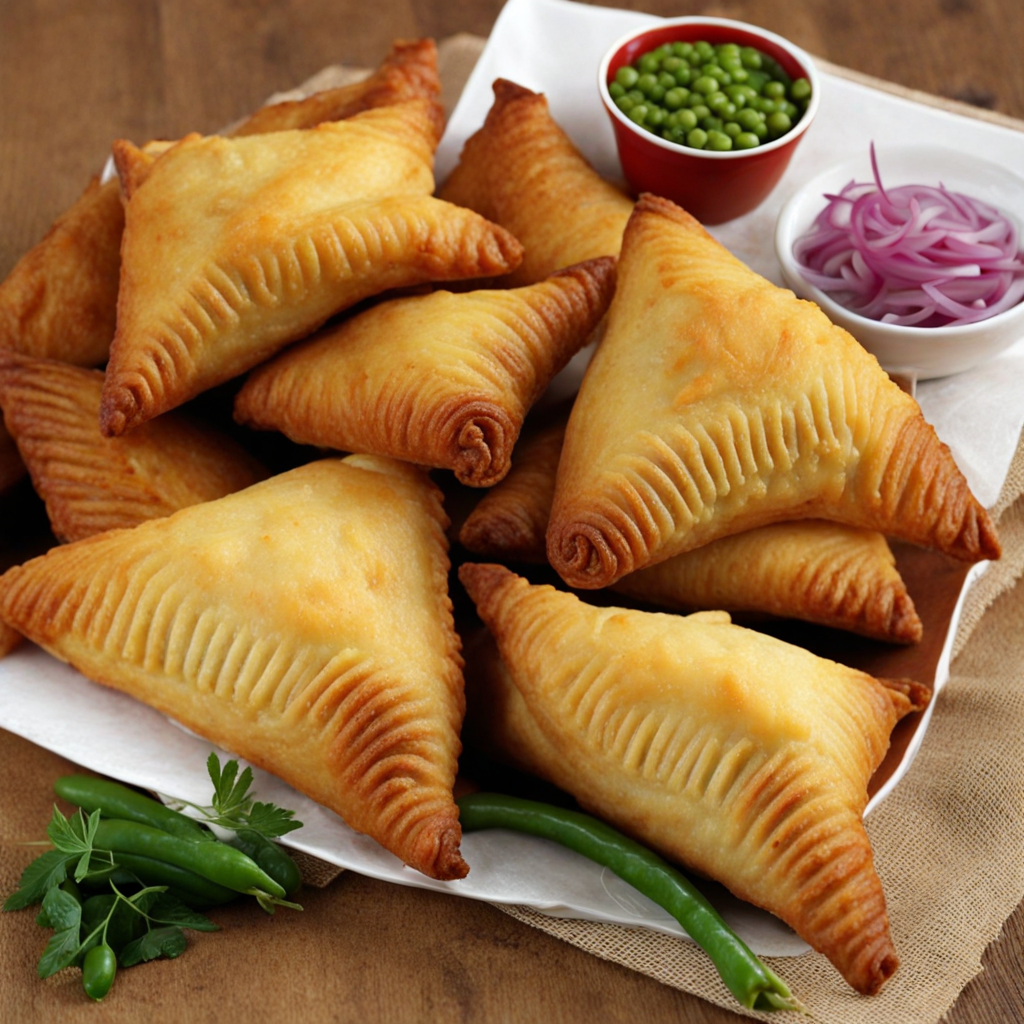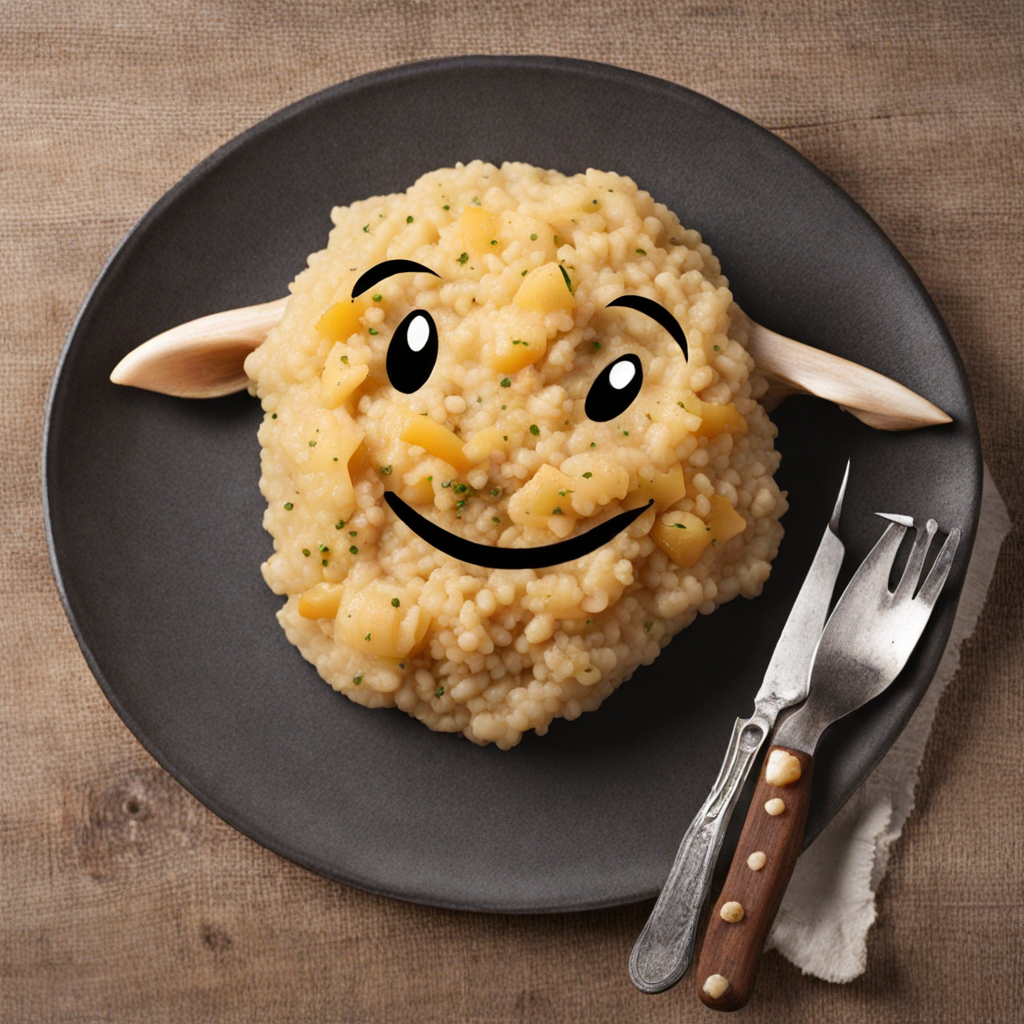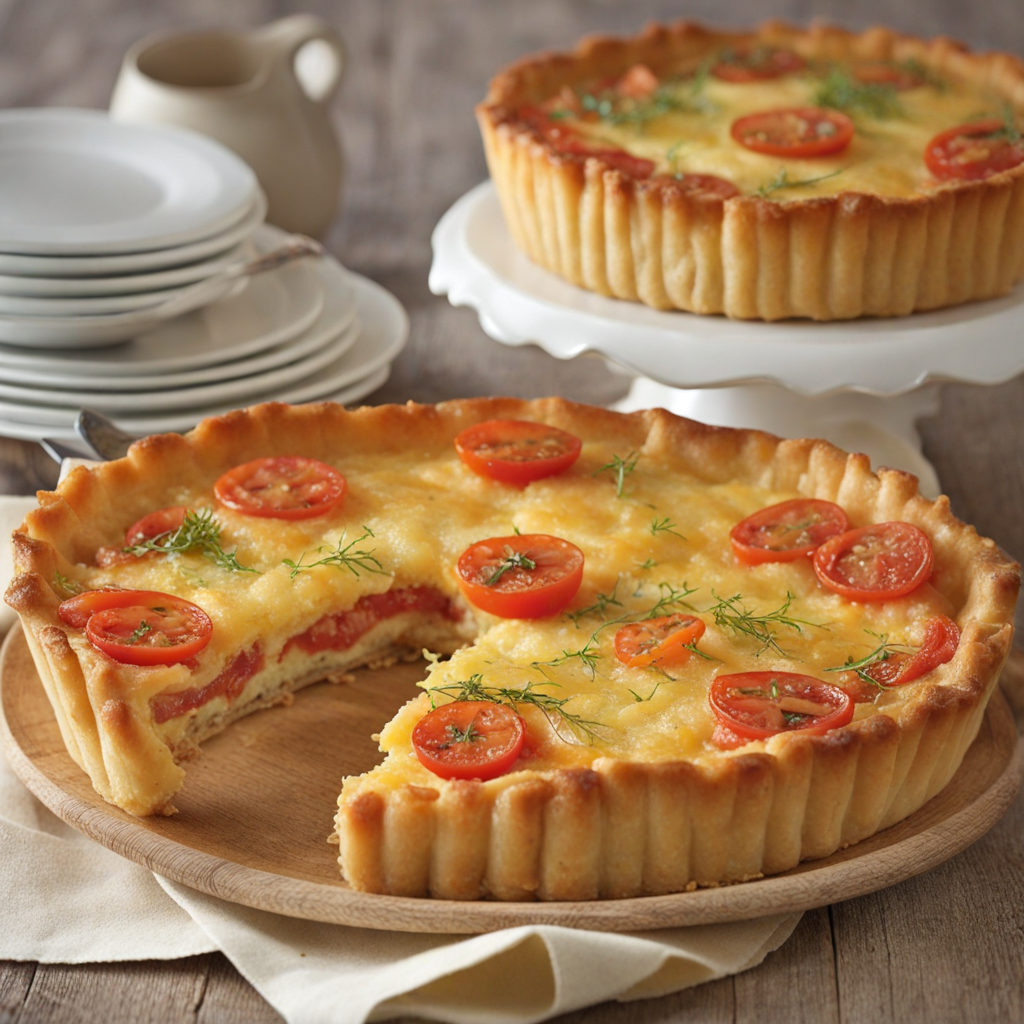Mieliepap
Mieliepap, a beloved staple in South African cuisine, is a comforting cornmeal porridge that boasts a rich and hearty flavor. Made from finely ground maize, it is similar in texture to polenta and can be enjoyed in various consistencies, from soft and creamy to firm and sliceable. The primary ingredient, maize, is a significant part of the local diet, and its preparation involves cooking it in boiling water until it thickens, resulting in a smooth, velvety dish that embodies the warmth of home cooking. Often, Mieliepap is seasoned with a pinch of salt, enhancing its natural sweetness and earthy flavor. Traditionally, Mieliepap is served alongside a variety of dishes, making it a versatile accompaniment. It pairs well with savory stews, grilled meats, or spicy relishes known as chakalaka, which add a burst of flavor to every bite. The texture of the pap allows it to absorb the rich sauces and juices of the dishes it accompanies, making each mouthful a delightful combination of flavors. Whether enjoyed at a family gathering or as street food, Mieliepap embodies the spirit of South African hospitality. Mieliepap can also be enjoyed in a more modern twist, where it is grilled or fried to create a crispy outer layer while maintaining its soft center. This variation can be served as a unique appetizer or side dish, often topped with cheese, tomato sauce, or even a sprinkle of herbs for added flair. The adaptability of Mieliepap, whether served simply or dressed up, makes it a dish that delights the palate and invites exploration, inviting diners to experience a true taste of South Africa.
How It Became This Dish
Mieliepap: A Culinary Journey through South Africa Mieliepap, often simply referred to as pap, is a staple dish in South African cuisine that has roots deeply intertwined with the country’s agricultural and cultural history. A traditional porridge made primarily from ground maize (corn), mieliepap is not just a dish; it is a symbol of sustenance and identity for many South Africans, transcending ethnic and social boundaries. Origins: From Maize to Mieliepap The origins of mieliepap can be traced back to the indigenous peoples of Southern Africa, long before European colonization. Archaeological evidence suggests that maize was introduced to the region from Central America around the 16th century, eventually becoming a vital crop cultivated by various communities. The indigenous Khoisan and Bantu-speaking peoples quickly adopted maize into their diets, utilizing it to create a variety of dishes. The word "mielie" comes from the Afrikaans term for maize, which in turn is derived from the Dutch word "maïs." The Dutch settlers, known as the Voortrekkers, who arrived in South Africa in the 17th century, brought with them their culinary traditions, including the use of maize. Over time, the indigenous methods of preparation merged with European techniques, leading to the evolution of the dish we now know as mieliepap. Cultural Significance: More than Just Food Mieliepap is a quintessential comfort food in South Africa, consumed across all demographics—from rural communities to urban centers. Its significance extends beyond mere sustenance; it embodies a rich cultural heritage that reflects the diverse history of the nation. For many Black South Africans, mieliepap is a staple part of the diet and is often served alongside meat, vegetables, or stews. It is traditionally cooked to a thick, porridge-like consistency and can be eaten at any meal, although it is especially popular for breakfast and dinner. The dish is often accompanied by a tomato and onion relish, or served with a meat dish, such as boerewors (sausage) or chakalaka (a spicy vegetable relish). In many communities, sharing a meal of mieliepap is an important social ritual, symbolizing unity and togetherness. It is often prepared for communal gatherings, celebrations, and rituals, reinforcing its role as a cultural cornerstone. The phrase "pap en vleis," which translates to "pap and meat," embodies the spirit of sharing and hospitality prevalent in South African culture. Development Over Time: Adaptation and Innovation As South Africa has evolved, so has the preparation and presentation of mieliepap. Historically, the dish was made using traditional grinding stones and open fires. Maize kernels were ground into coarse meal, which was then mixed with water and cooked over a fire until thickened. This method, while still employed in rural areas, has largely been replaced by modern conveniences, such as instant maize meal, which allows for quicker preparation times. In the urban settings of post-apartheid South Africa, mieliepap has undergone further transformation. Chefs have begun to experiment with the dish, incorporating it into contemporary culinary practices. This innovation is evident in gourmet restaurants, where mieliepap might be served as a refined accompaniment to fine dining dishes, sometimes presented as a delicate polenta or truffle-infused version. Moreover, the influence of globalization has introduced new flavors and cooking techniques, allowing mieliepap to adapt to a wide range of palates. Fusion cuisine has emerged, where mieliepap is paired with international ingredients and styles, showcasing its versatility. Regional Variations: A Culinary Mosaic The beauty of mieliepap lies in its adaptability across South Africa's diverse regions and cultures. In the Eastern Cape, for example, it may be served softer and creamier, while in the North West Province, a firmer texture is preferred. In some regions, mieliepap is colored with ingredients such as beetroot or spinach to create visually striking dishes. Additionally, mieliepap is often featured in ceremonial contexts, such as weddings or funerals, where it serves as a reminder of cultural heritage and family ties. The preparation of mieliepap can involve familial traditions passed down through generations, with recipes and techniques closely guarded and cherished. Mieliepap in Contemporary South Africa Today, mieliepap remains a staple food item in South Africa, symbolizing the resilience and adaptability of its people. It has found a place in the modern narrative of South African cuisine, celebrated for its comforting qualities and versatility. As the country grapples with its complex history, mieliepap serves as a culinary reminder of its shared past and a bridge connecting people from various backgrounds. In recent years, there has been a renewed interest in local and traditional foods, driven by a desire to reconnect with cultural roots. Chefs and home cooks alike are exploring traditional recipes, elevating mieliepap in both home kitchens and high-end restaurants. The dish has become a canvas for creativity, with chefs experimenting with flavors, textures, and presentations. Conclusion: A Dish of Unity and Heritage Mieliepap is more than just a dish; it is a testament to the rich tapestry of South African history and culture. From its origins with indigenous peoples to its place in contemporary dining, it reflects the story of a nation that has undergone significant change yet remains tied to its culinary traditions. Whether enjoyed in a bustling urban eatery or a quiet rural home, mieliepap continues to nourish both the body and the spirit, serving as a reminder of the importance of food in forging connections and celebrating cultural identity. As South Africa continues to evolve, so too will mieliepap, ensuring that this beloved dish remains a cherished part of the culinary landscape for generations to come.
You may like
Discover local flavors from South Africa





